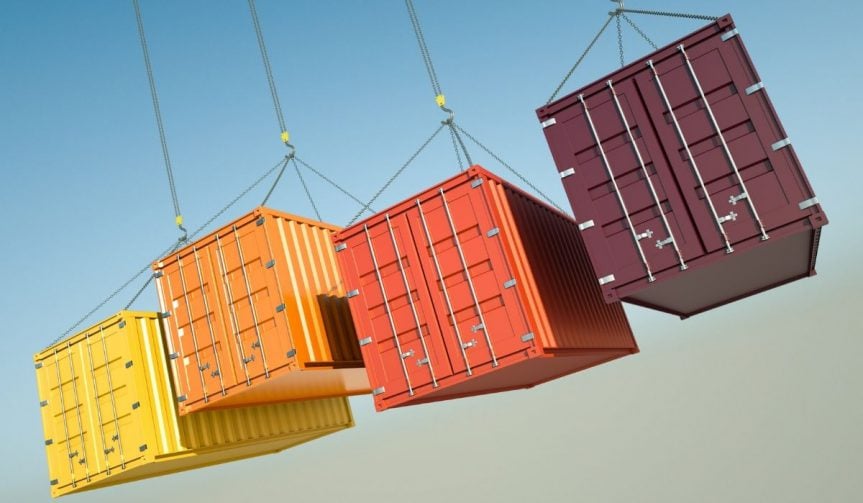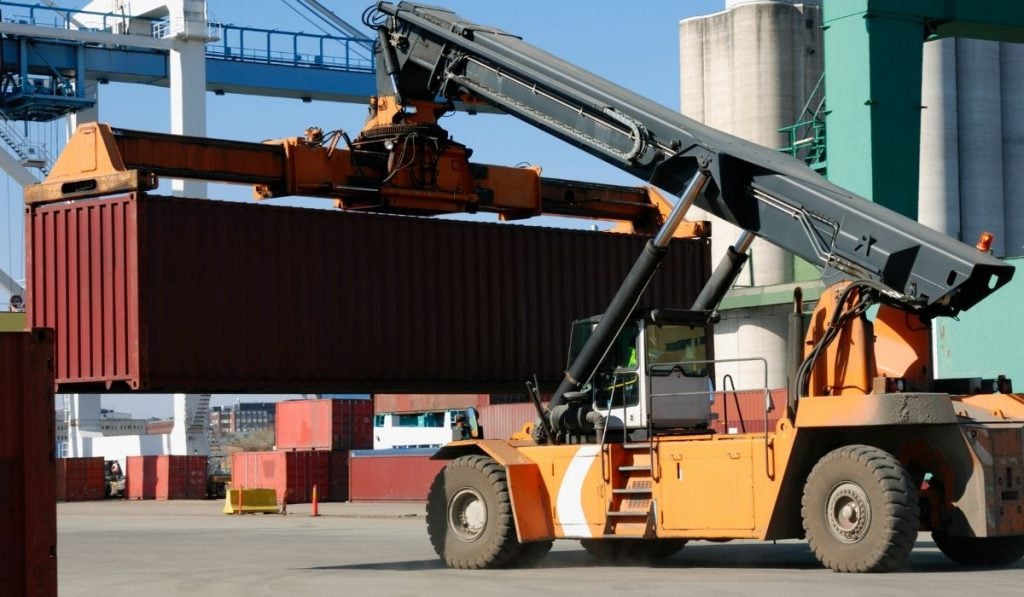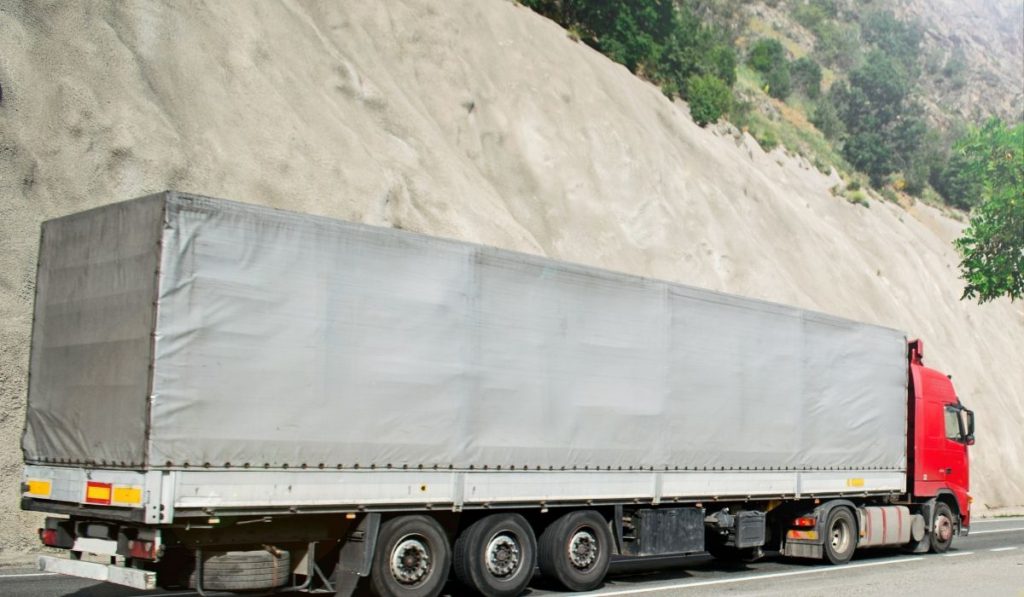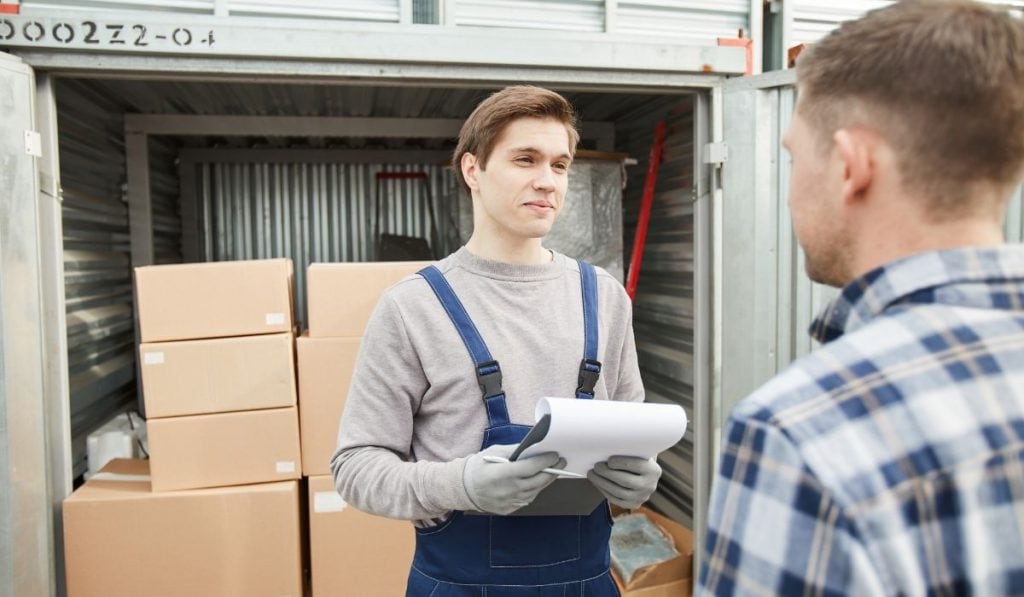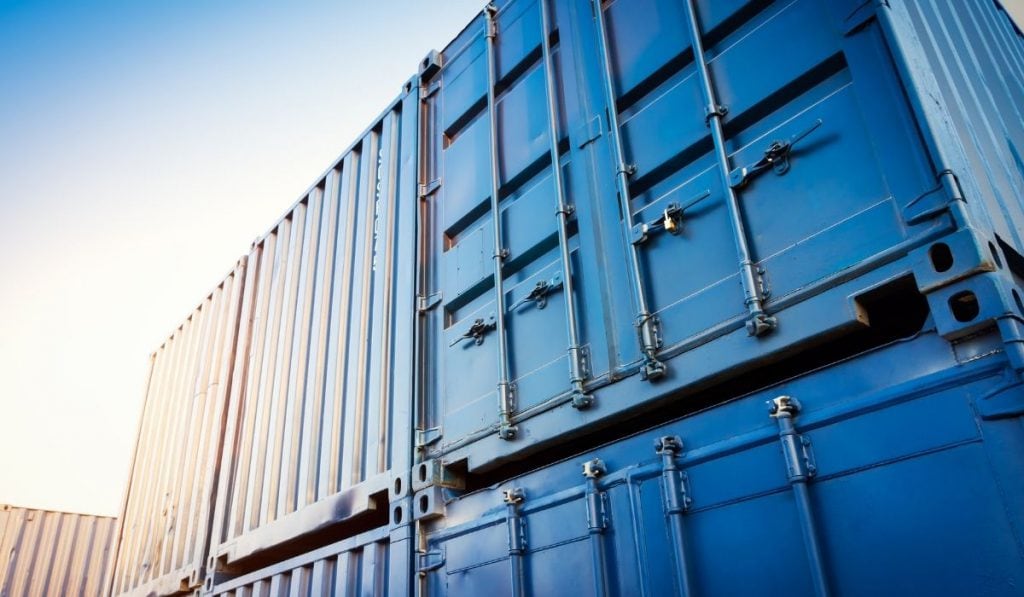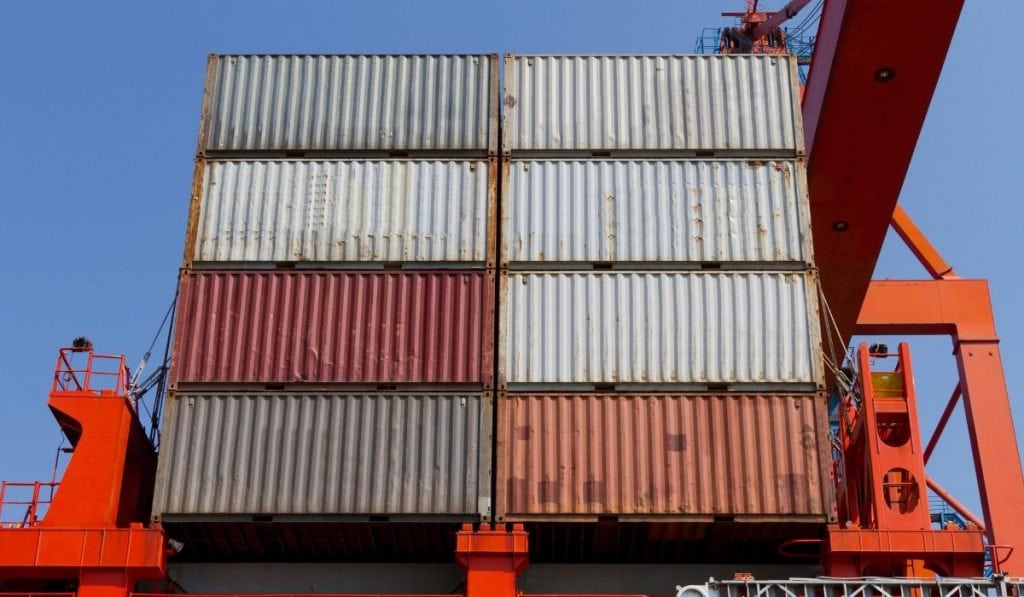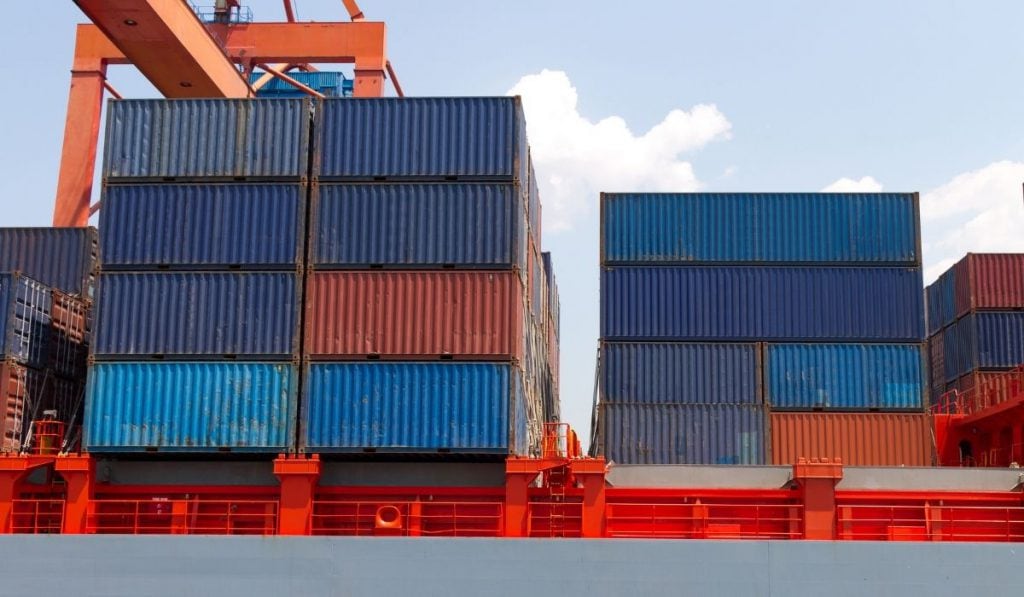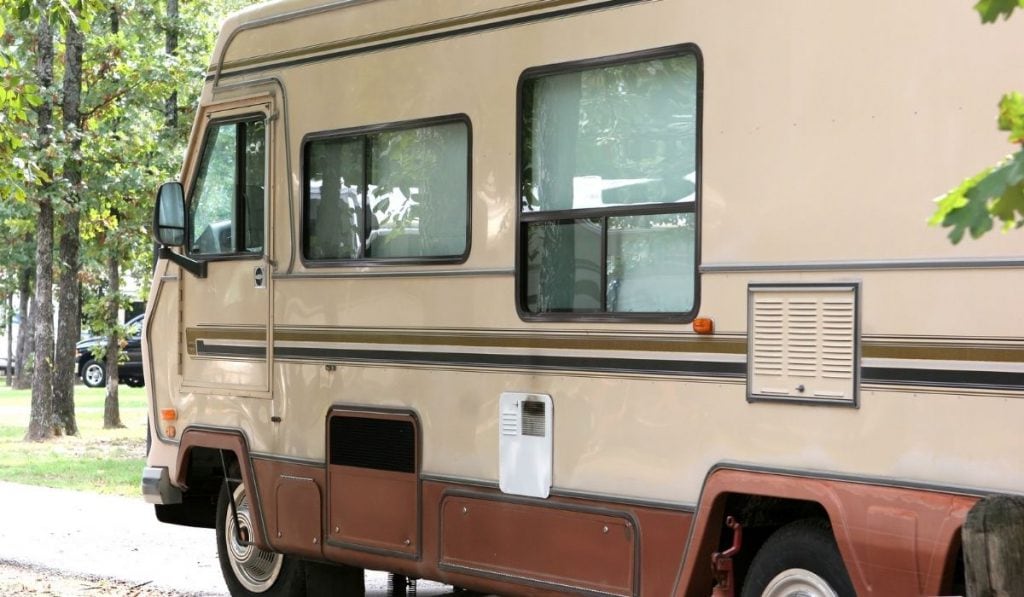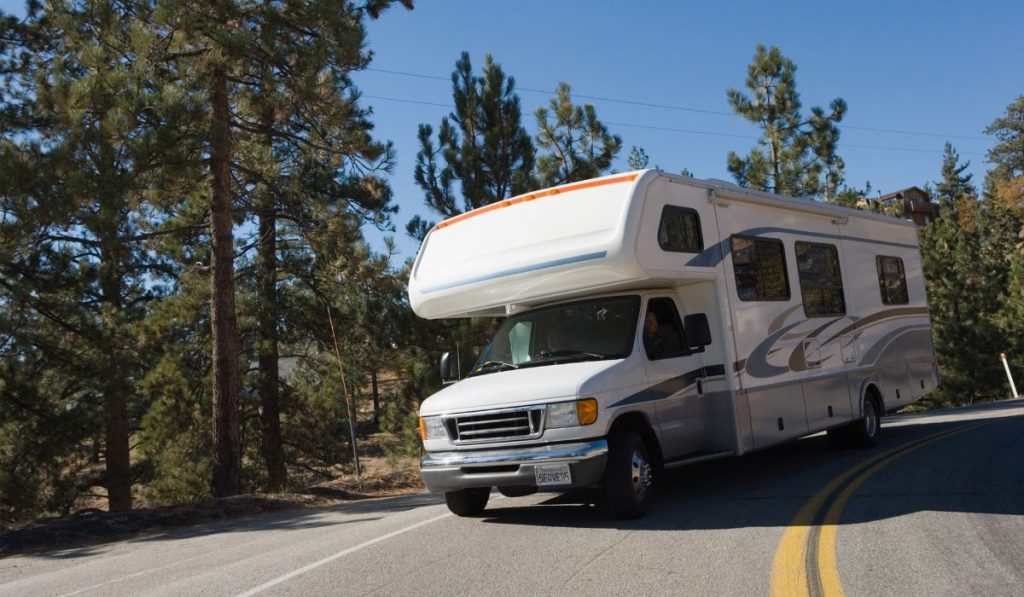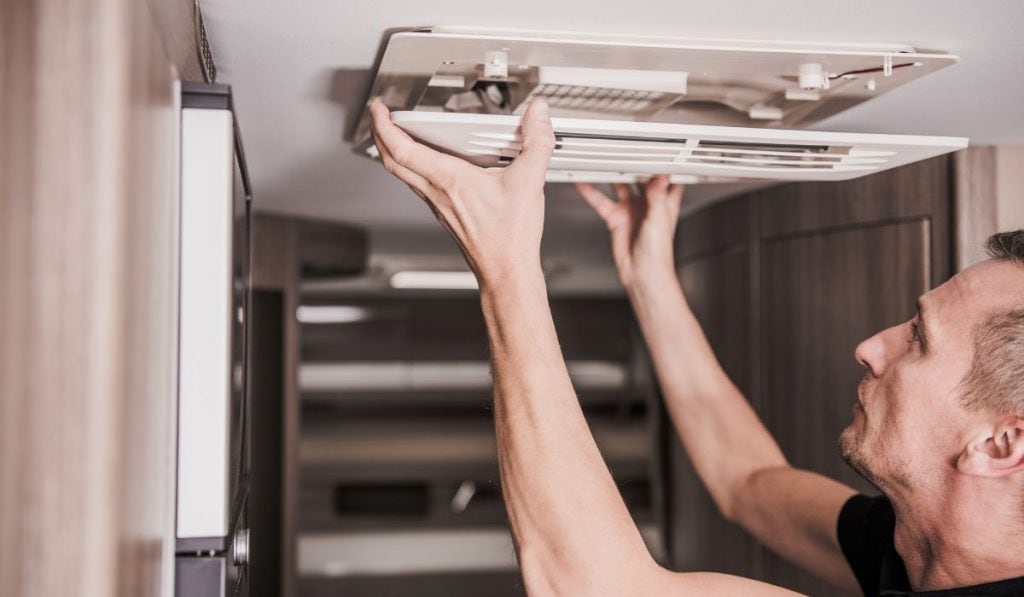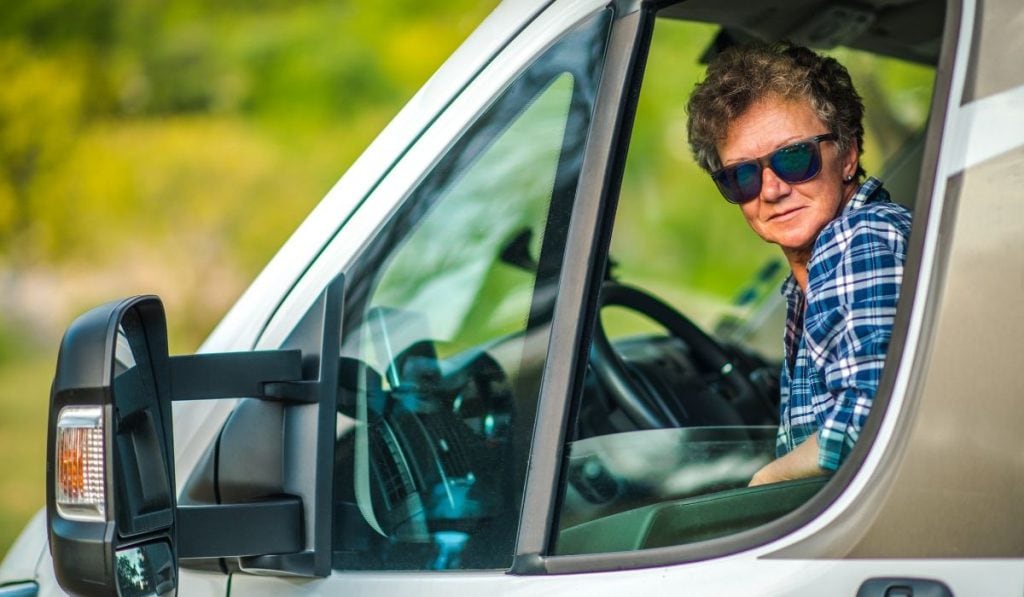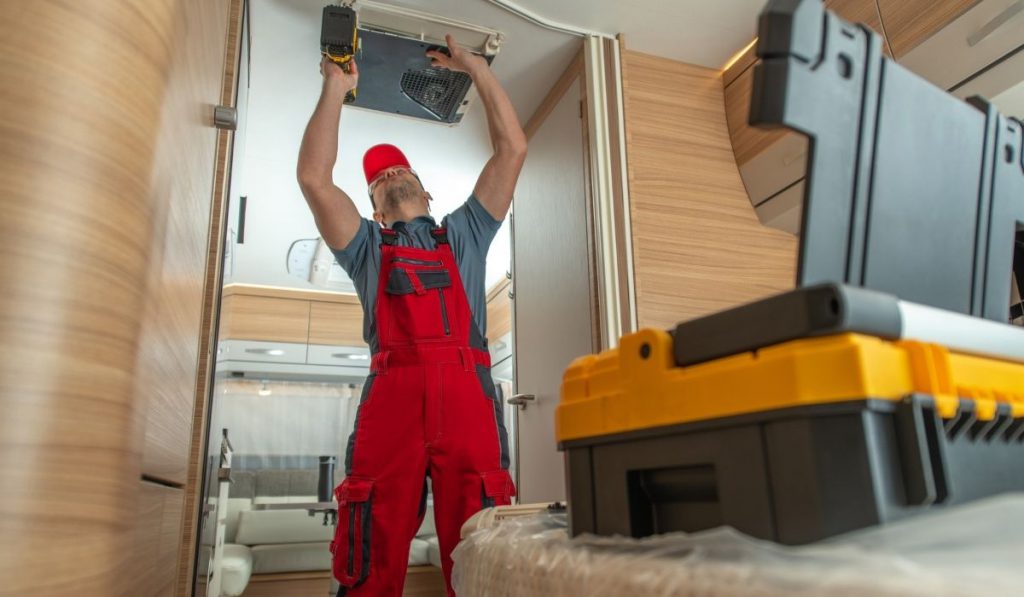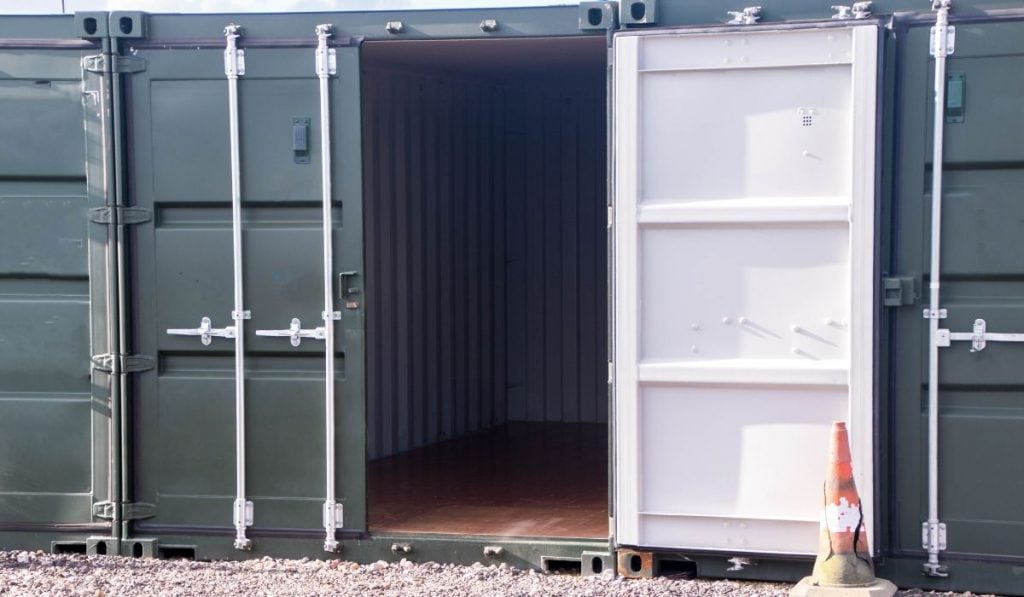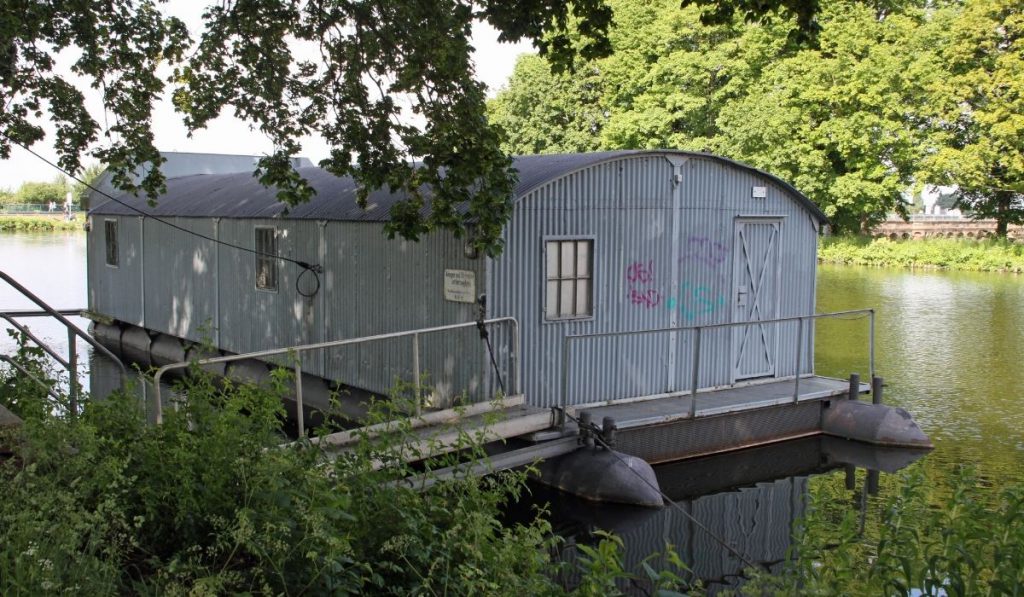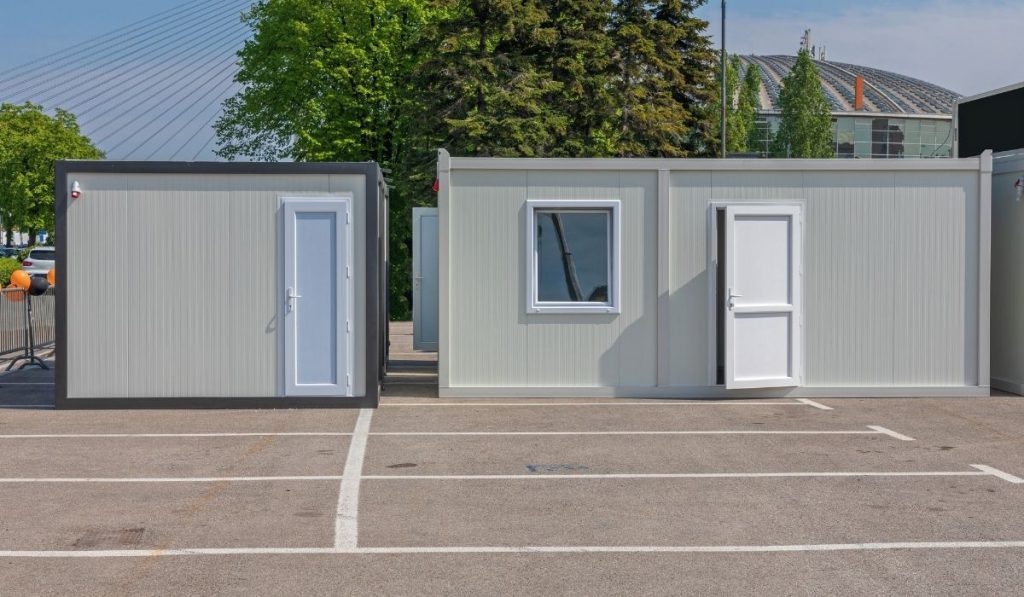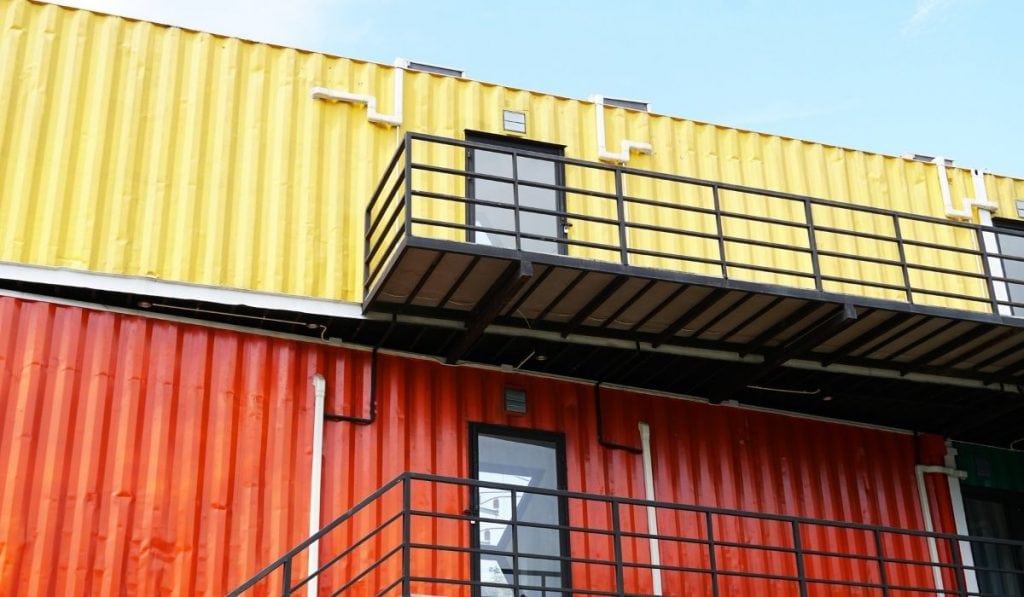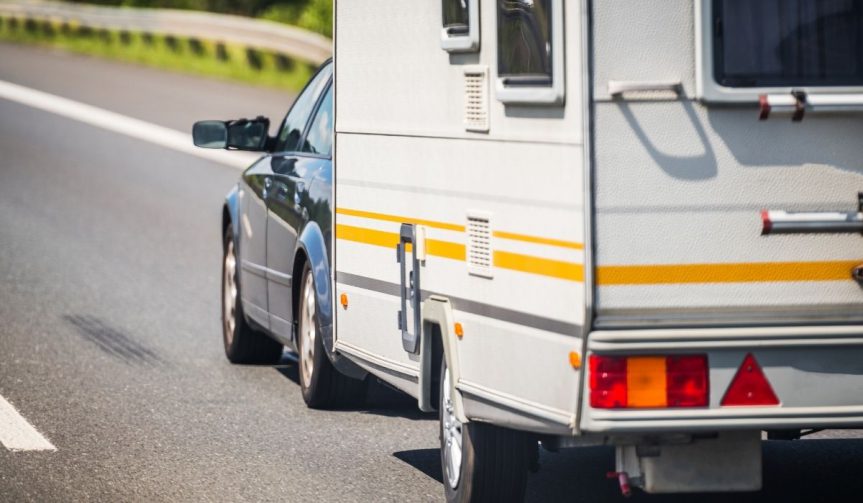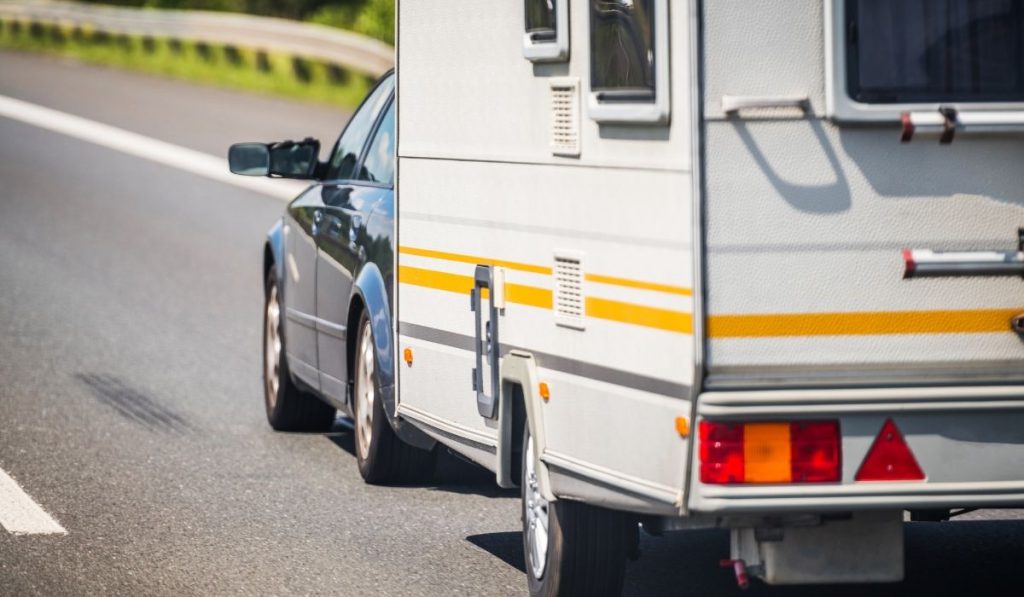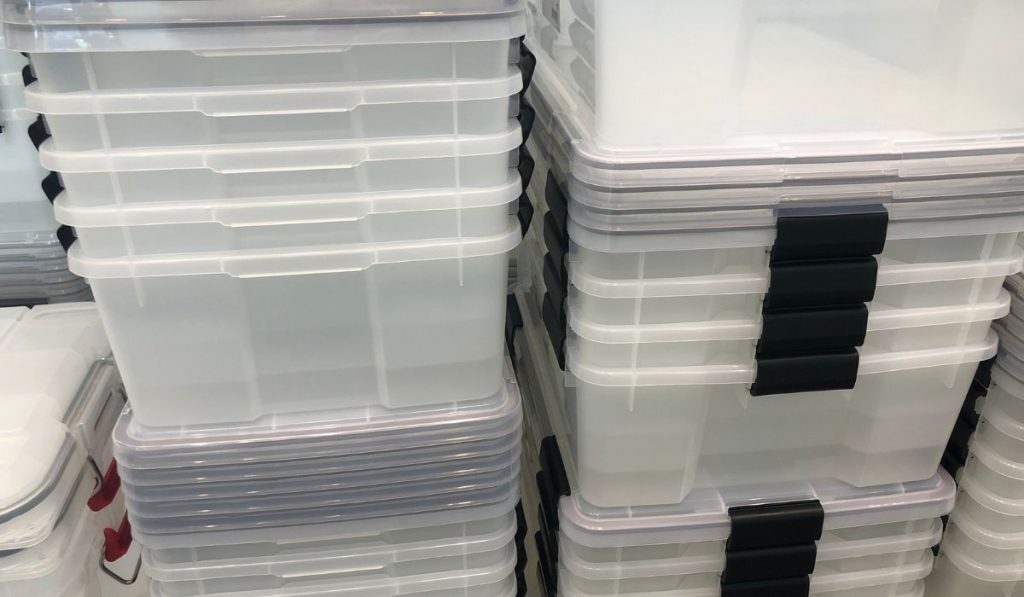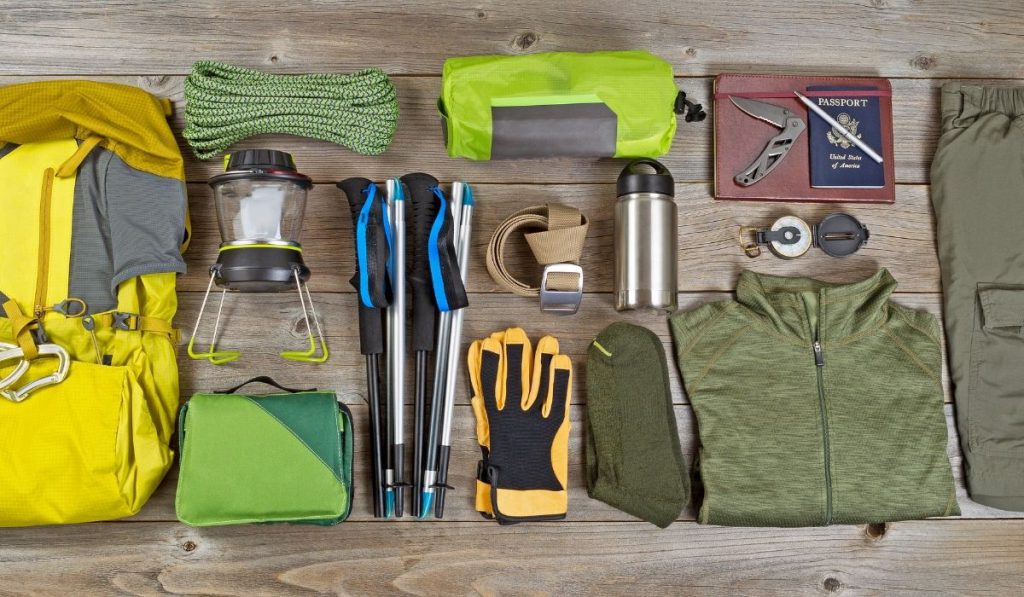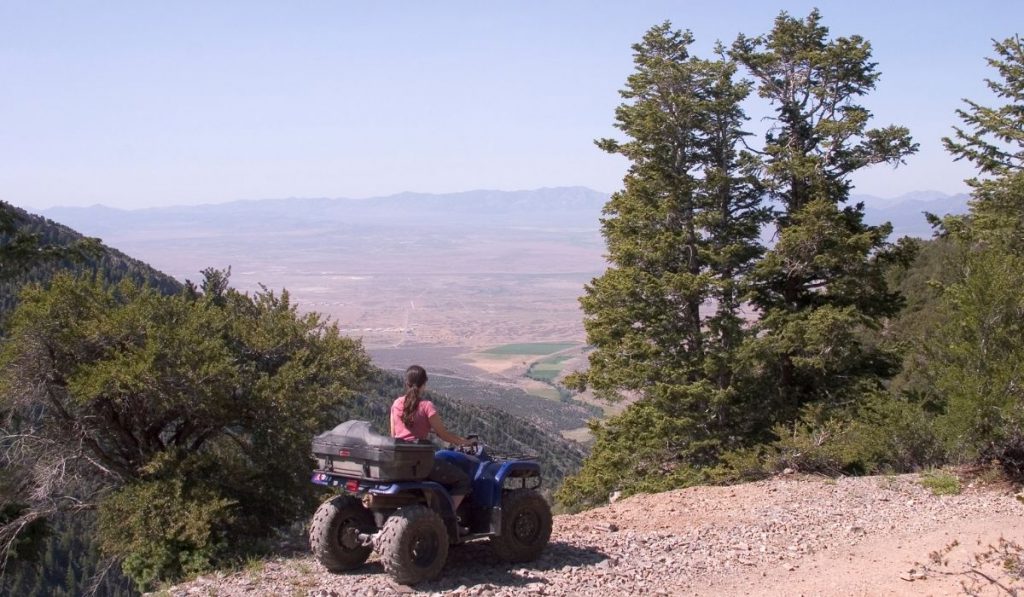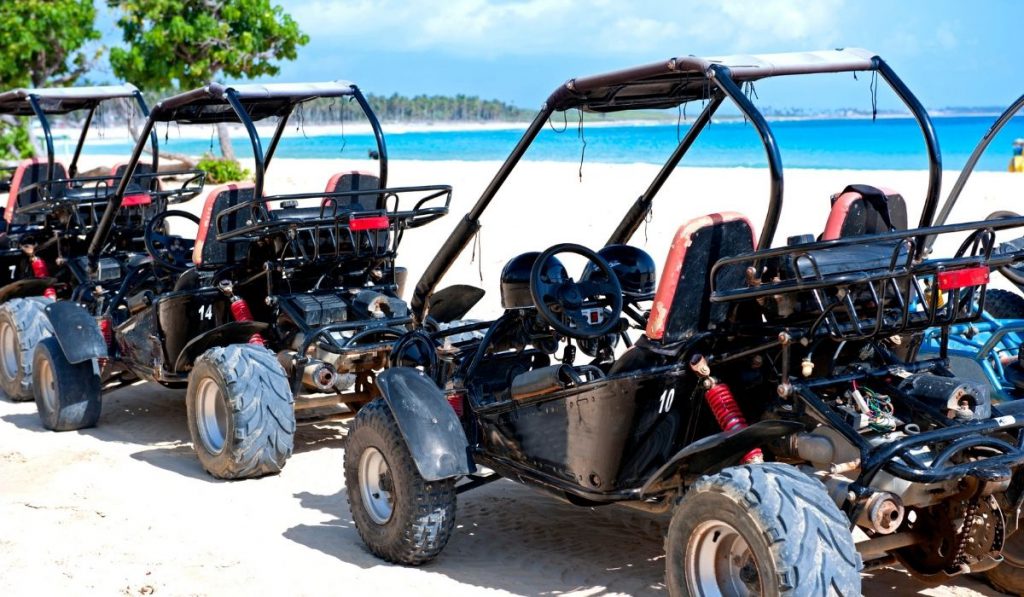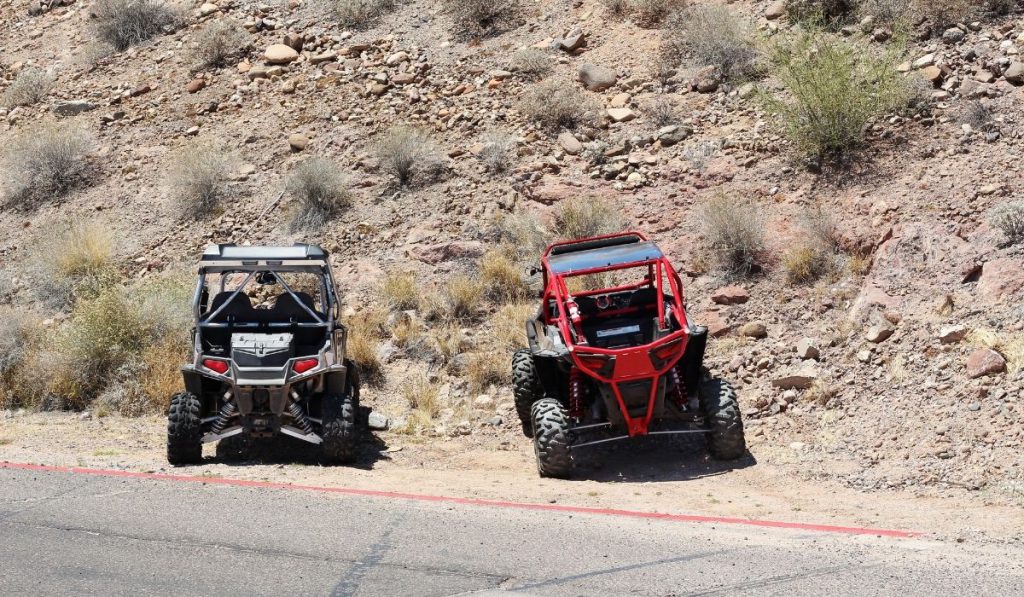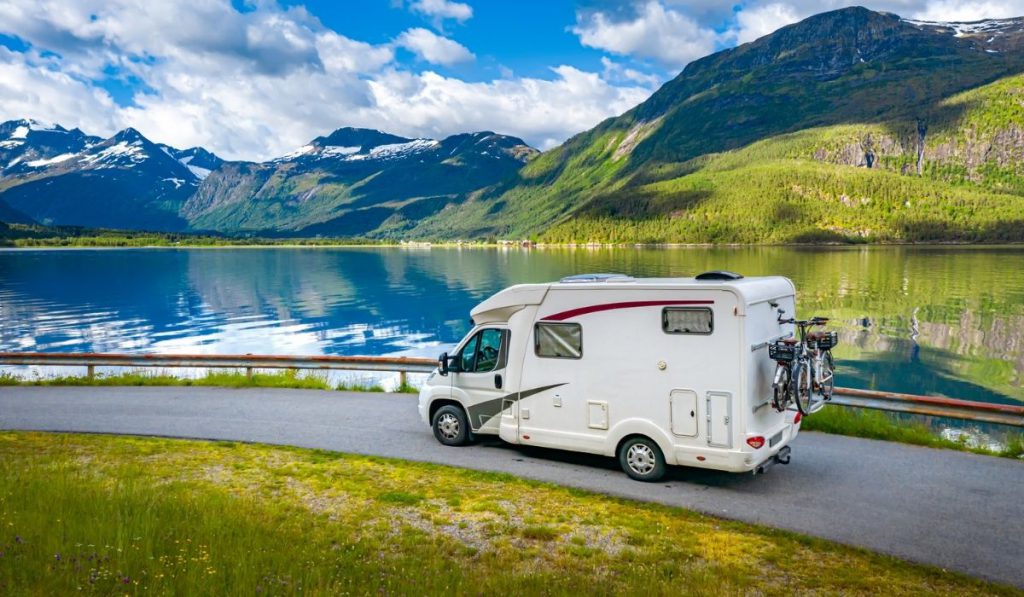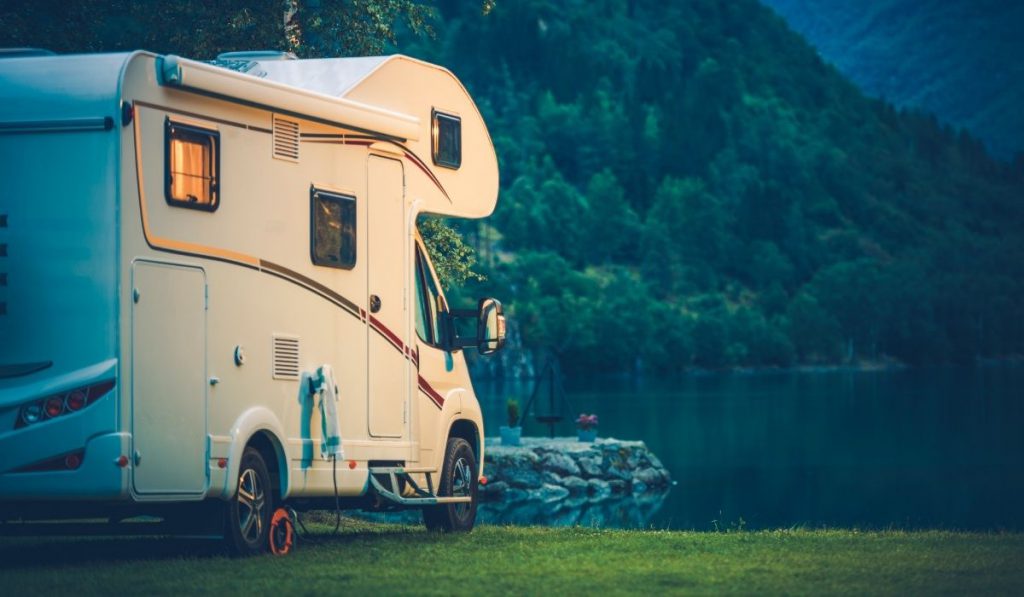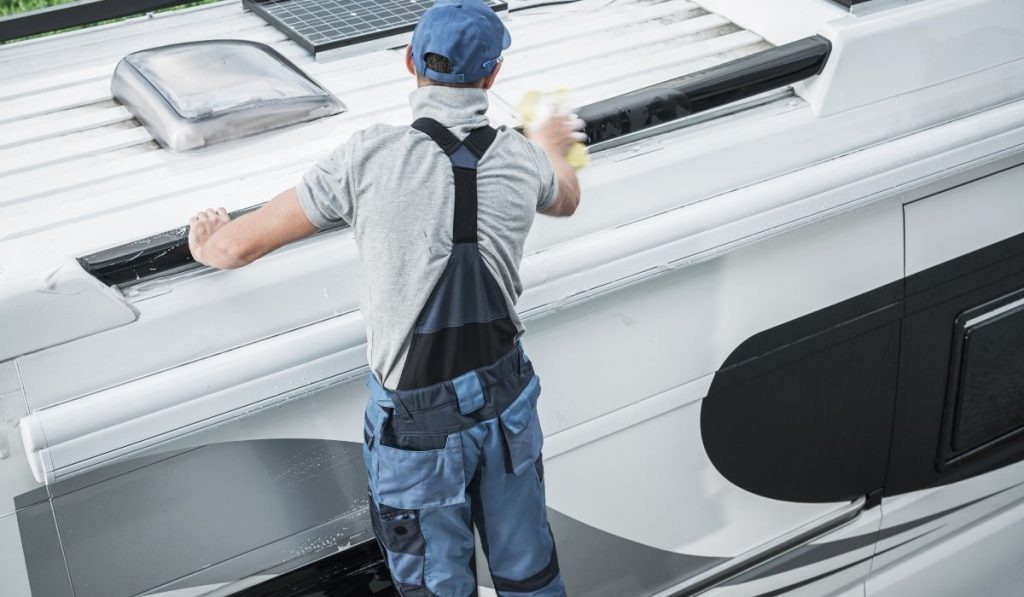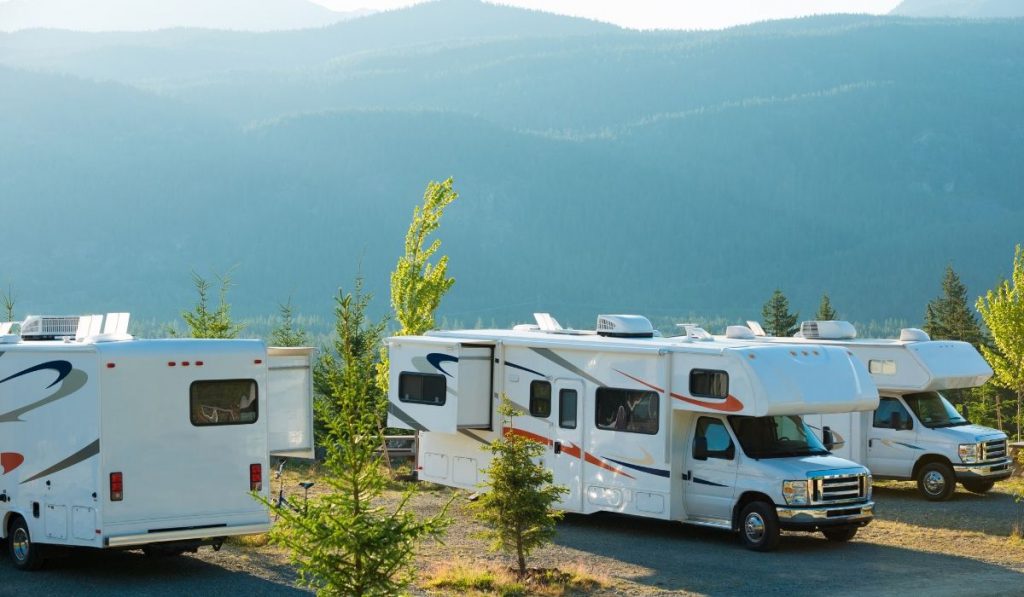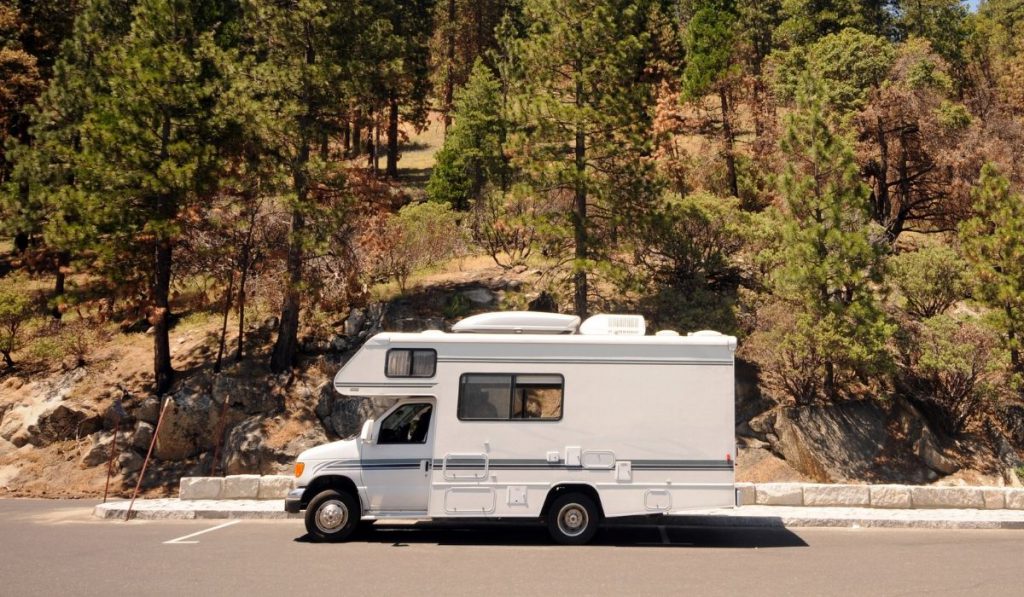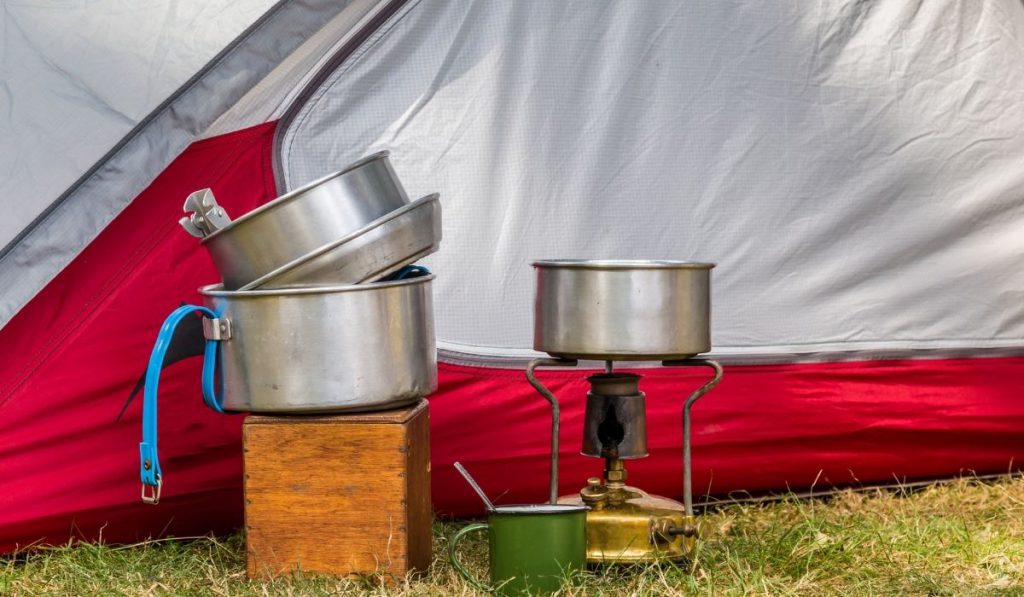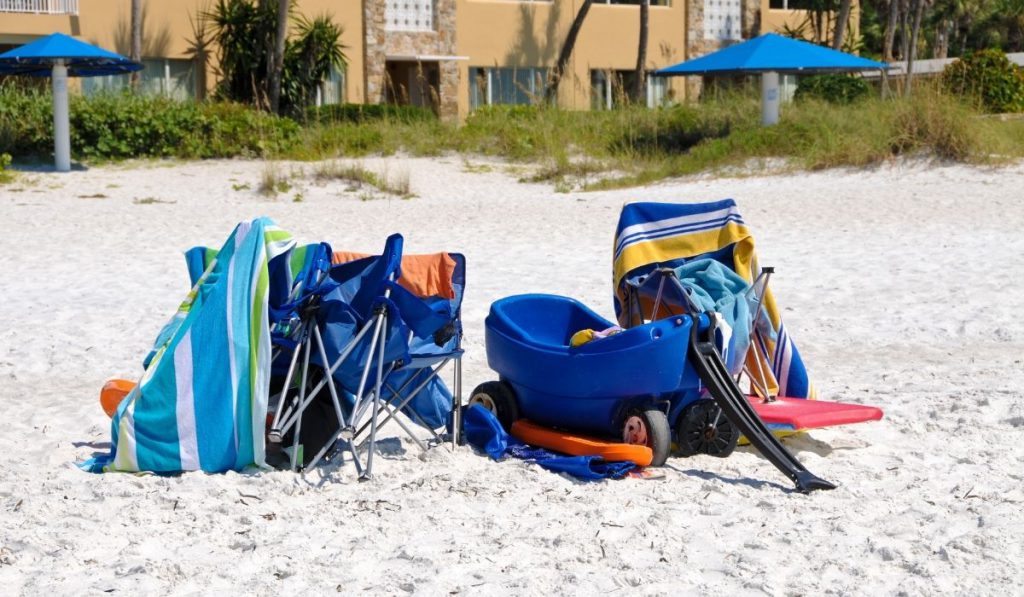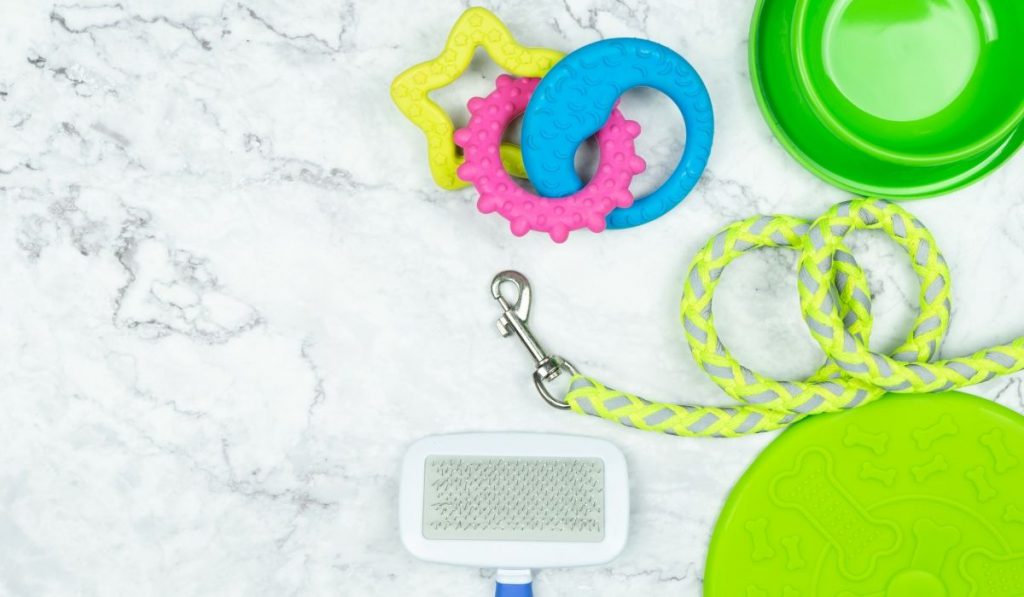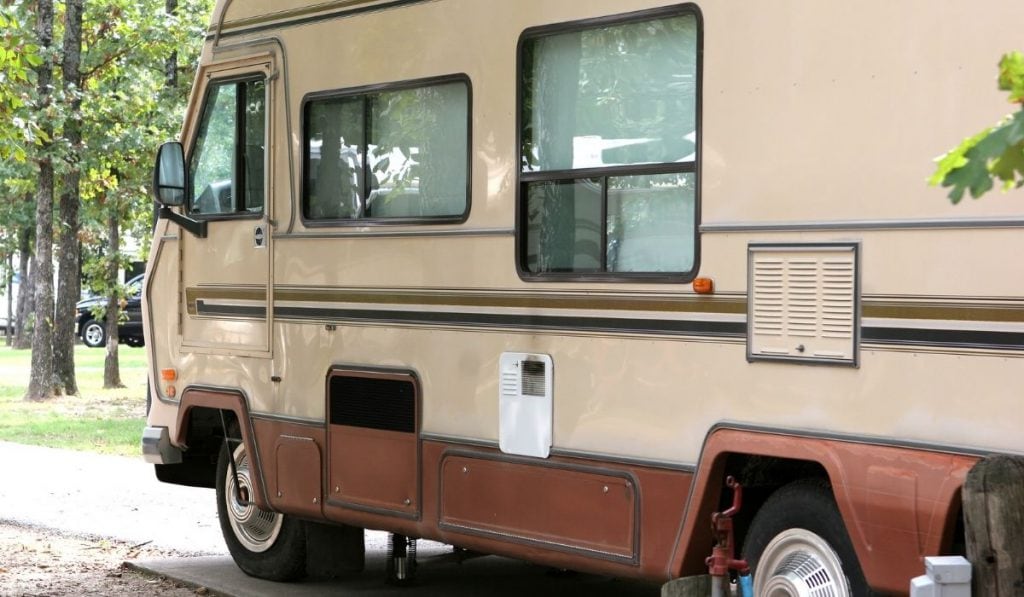More and more people are using shipping containers on their properties. They are no longer relegated to years sitting on massive cargo ships sailing across the oceans or on the back of big rigs crisscrossing interstate highways. These days, people use shipping containers for a lot of different things like homes, unique retail store designs, and storage containers.
One thing people want to know is whether a storage container is waterproof. It’s a big deal, especially if you’re planning on storing anything valuable inside. Whether you’re prepping for a move to a new country or want to know your personal items will be safe in a shipping container in your backyard, you should know that shipping containers are watertight. That’s not the same as waterproof.
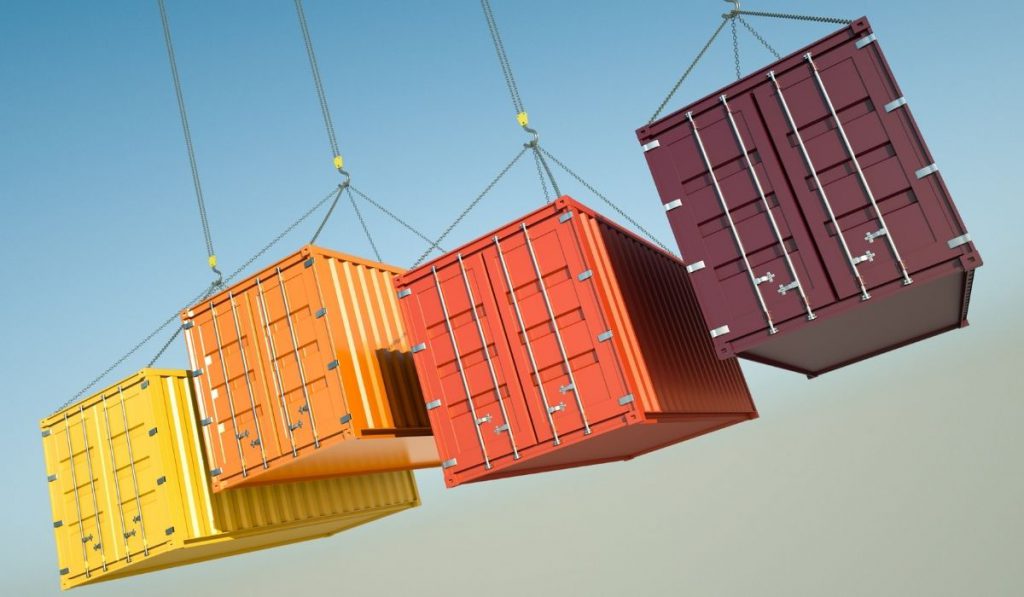
Let’s explore the difference between watertight and waterproof and what you can do to protect your shipping container from water damage long-term.
Watertight Vs. Waterproof
Watertight means that shipping containers are made to keep water out. They are built with a design that makes it virtually impossible for moisture to keep in. Remember, these shipping containers originally were built to cross the ocean.
They had to be watertight, otherwise, businesses and individuals wouldn’t ship goods in them. If you own or are renting a shipping container, you generally don’t need to worry about water getting inside as long as it’s closed properly.
Waterproof, on the other hand, means that no matter how much water something is exposed to, it won’t affect it. Usually, this means that the item is coated with a special coating that repels water.
If something is waterproof, it doesn’t mean it’s watertight and vice versa. For example, if it’s raining outside and the rain hits something waterproof, it won’t damage the item, but it will get inside and around it.

How Water Impacts Shipping Containers
Shipping containers are built to last, but that doesn’t mean water won’t affect them. Particularly in older containers, water can cause rust and other damage that can lead to holes and cracks in the container walls.
Sometimes the only available shipping containers for purchase are ones that shipping companies put out of commission. Perhaps they age out or are damaged in some way. If a shipping container falls, for example, it could get dented and may not be suitable for use on a cargo ship or big rig truck.
Old or damaged shipping containers can be a good deal, but you should know that dents and cracks are the perfect places for rain and other moisture to build up. If it’s left alone for too long, it can seriously damage the shipping container walls and leave what is inside exposed to weather, pests, and possibly criminals.
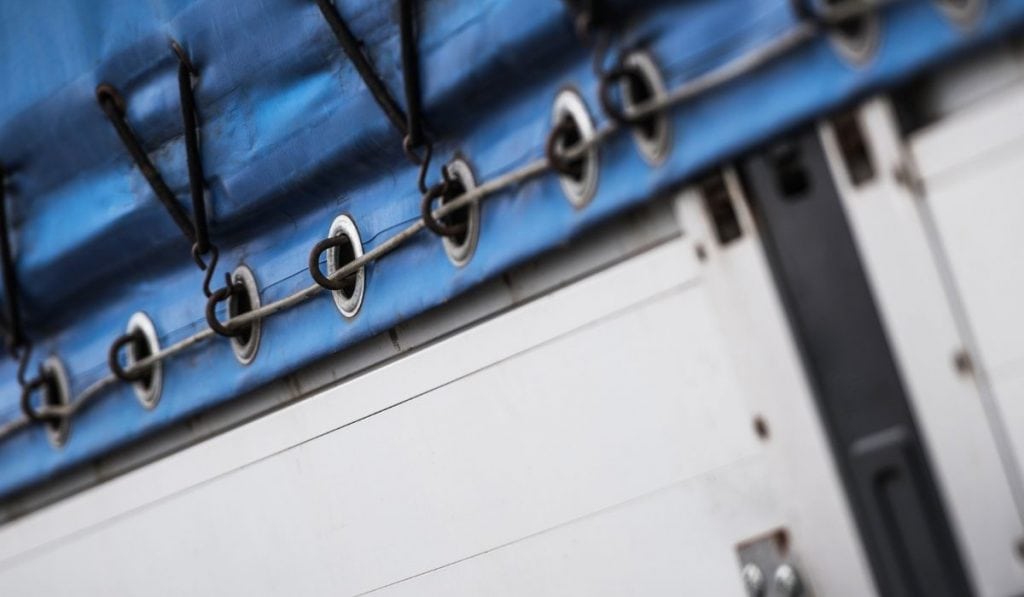
Waterproofing a Shipping Container
The good news is that you can make your shipping container waterproof as well as watertight. All you need to do is apply a special anti-corrosion layer of paint that is designed to repel water and prevent things like rust from developing. A lot of companies do this already, so it’s important to ask before you purchase a container when the last coating was applied.
With the right coating on and refreshed regularly, a container is protected from rain, salt water, and other wear and tear. It’s an effective, affordable way to extend the lifespan of a container. You can find a good anti-corrosion metal coating at most big box hardware stores or online.
Do some research to look for coatings designed specifically for structures like shipping containers and buy one with good reviews. Coatings aren’t too much trouble to put on a container, but take your time so you get an even coat that looks good and won’t run. It will improve how waterproof your container is once it’s on.
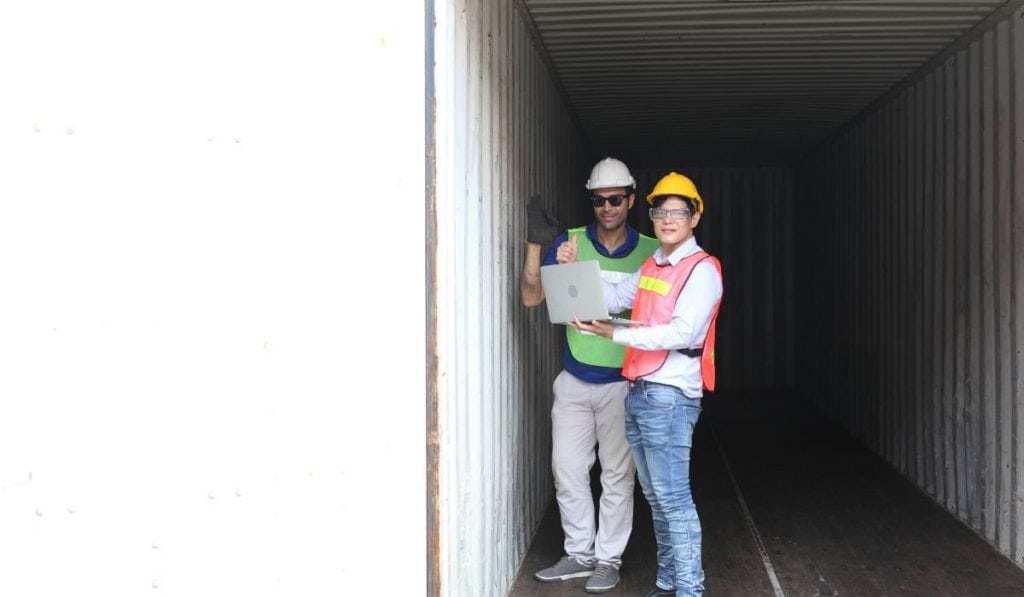
Ways to Protect Your Shipping Container Long-Term
If you have purchased a shipping container or you are thinking about buying one, there are things that you can do to keep it waterproof and watertight. After you’ve put on the coating, there is more to be done. Here are some helpful hints on what you should do.
Inspect Your Container Often
You don’t need to go over everything with a fine-toothed comb every day. That’s a little excessive. Still, shipping container owners should stay on top of their container’s condition.
You should inspect the container regularly enough to notice when the first hint of rust is appearing or whether that bit of water has been around for longer than you’d like. If possible, make sure to inspect as much of the container as possible. That may mean getting a ladder and climbing on top of the container.
Treat Rust as Soon as Possible
The key to keep your shipping container in great shape is attacking any rust as quickly as possible. Small rust spots are normal and relatively easy to manage. Problems arise when they go left untreated for too long and weaken the walls of your container.
Eventually, small holes will form and water can get inside that way. To treat rust, you need to sand down the area and paint over it to stop rust from spreading.
Ventilate the Shipping Container
Many shipping containers aren’t built with ventilation in mind. They are built to be watertight, and that means few if any, vents or anything like that. The shipping container that you’re using probably isn’t going on any cargo ships soon. Most people are using them to store goods, tools, food storage, and other items.
Depending on what you’ve got in there, it could lead to condensation if no air is allowed to escape. Likewise, if you live somewhere climates shift and things get cold quickly, you could be dealing with condensation problems in your container.
Do what you can to ventilate your storage container. You may be able to build vents in a wall or a ceiling or keep your doors open long enough to let the air cycle through.
Replace Rubber Seals
There are rubber seals on most shipping container doors that prevent water from getting inside once the doors are shut. Rubber ages and, when it gets old, starts to crack. Water can get through those cracks and into your container. Luckily, shipping container rubber seals are available online, so you can buy replacements and switch them out when you see them start to deteriorate.
These are just some things you can do to keep water out of a shipping container. The biggest thing that you can do is give your container a walk around every once in a while to look for rust and any pooling water. If you see anything, take care of it quickly, and you shouldn’t have too many issues.
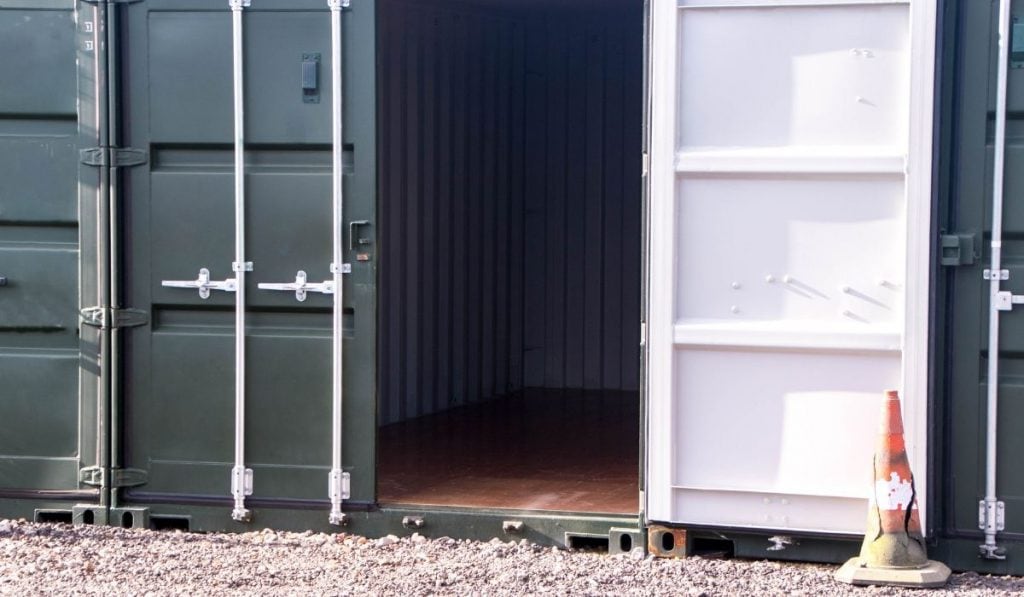
The Benefits of Shipping Container Storage
At any given moment, there are millions of steel shipping containers in use around the world. They are the world’s go-to watertight shipping and storage solution. A lot of people have taken notice, and property owners, businesses, and designers are using shipping containers in interesting ways.
Just like wood, vinyl, or any other building material, the steel in shipping containers isn’t invincible. Although it is incredibly strong and durable, it needs proper maintenance and repairs to last longer and perform better.
With just a bit of care and attention to detail, your shipping container can last for years and keep whatever you’re storing inside of it safe and dry. They are an eco-friendly, cost-effective storage solution that’s a good option for people who want something on their property or have access to a parking place.
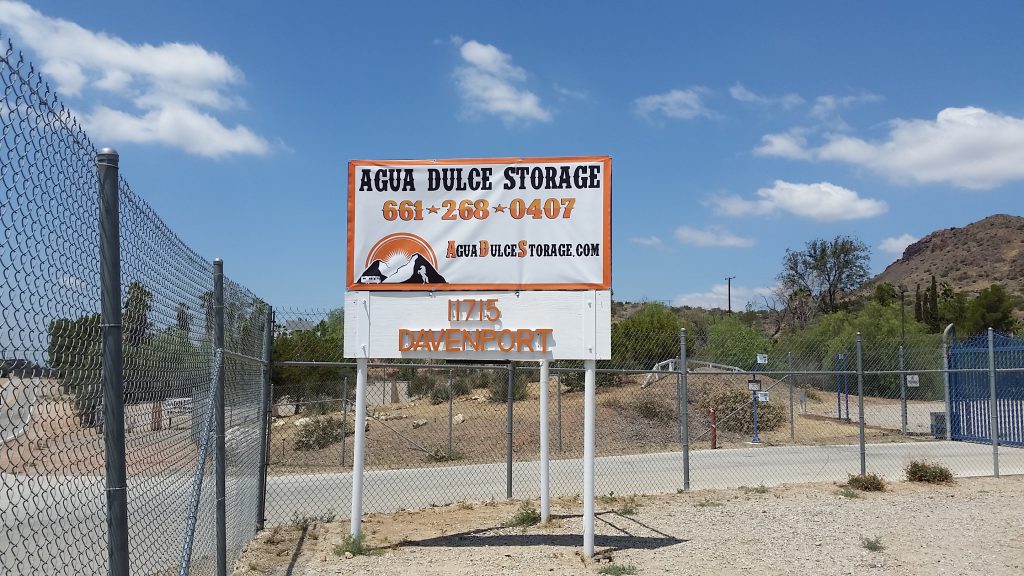
If you’re looking for a Storage Facility that offers to rent a shipping container or renting a space to park your shipping container, Agua Dulce Storage has got you covered! Here at Agua Dulce Storage, we offer a wide selection of parking units to accommodate your every need. To learn more about our storage facility, please check out our website at https://aguadulcestorage.com/.

